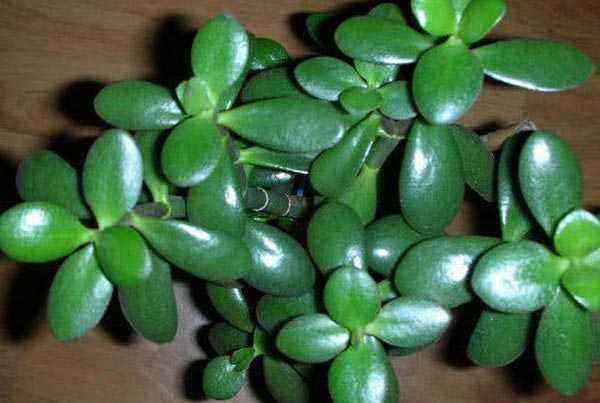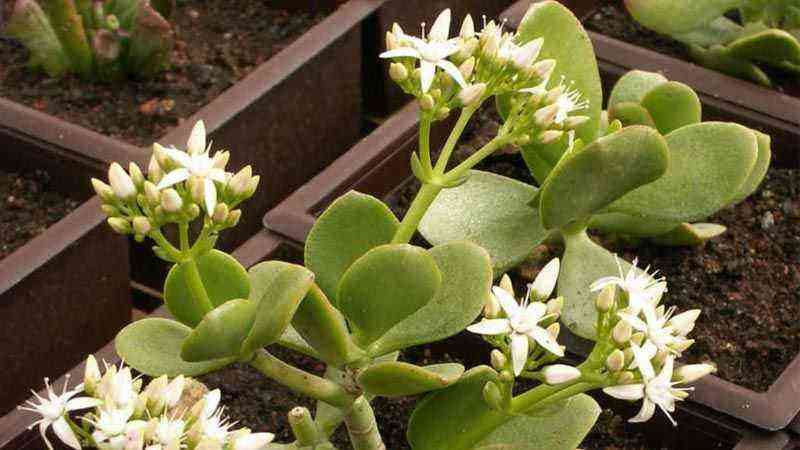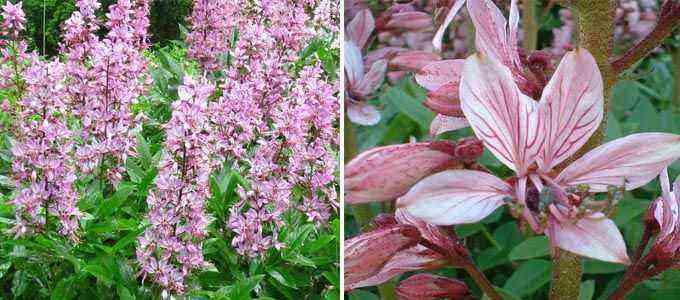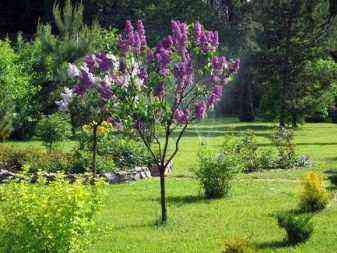Today, Agromáticos, we have to talk about a well-known palm tree, the Phoenix Canariensis, quite visually similar to Phoenix dactylifera but with its particular characteristics. For lovers of gardens with palm trees, here we offer you the main tips for its cultivation, including irrigation, fertilization, climate, etc.
Phoenix canariensis, features and history
The Canary Island palm is a species whose origin belongs to the Canary Islands, hence the particular name this palm tree of the genus Phoenix has. It is so important there that even the Government of the Canary Islands has considered it as the symbol of the entire archipelago.
It belongs to the family of Arecaceae, and within this the genus Phoenix, whose distribution extends to North Africa, South Asia, the Canary Islands and the Far East.
Canarian palm tree cultivation recommendations
Temperature
They are palm trees of tropical origin so they thrive in high temperature conditions, around 18-30 ºC. They also have the advantage of supporting freezing temperatures, due to the rusticity of their trunk and leaves, although, however, from temperatures of 10º C they begin to notice symptoms of cold, slowing down (or stopping) their growth.
Lighting
Palm trees of the genus Phoenix they have great light needs. It is important that when they are small they do not have full disposition to solar conditions, since it is a mistake that many make. At first, the palm tree needs alternating sun and shade conditions. When they grow and reach great heights, this requirement can no longer be met because you will not find many trees growing close to it at the same height.
Humidity
La Canariensis it is used to extreme drought conditions and is able to maintain itself with an ambient humidity of 30%. Although this is not ideal. The optimum is that they grow with relative humidity that oscillates between 60 and 80%.
Soil characteristics and fertilizer needs
The palm tree is not demanding in terms of soil structure, so it adapts to many terrain conditions. This species used to poor soils grows perfectly in alkaline pH soils, although be careful with excess lime, as it can cause mobility problems of minerals fundamental for growth such as iron, magnesium, boron, etc.
Just when it is planted, it is good to incorporate into the substrate a good amount of manure or compost, and relapse with small amounts of these nutrients especially in the season of greatest growth, such as spring and summer. If you are transplanting your palm tree from a pot to permanent soil, the best times are the months with the greatest root activity, such as in spring.
Watering Phoenix Canariensis
We will divide the irrigation of the Canarian palm tree between winter and summer. In the hottest seasons, it is advisable to establish frequent waterings of little quantity to achieve good soil moisture for the roots. When the winter season arrives, irrigation is very scarce or even stops in areas where there is some precipitation.
Pruning
Phoenix pruning is what is usually done in most palm trees, although they do not necessarily belong to this genus. Take a look at our article on how to prune palm trees.
Multiplication
The Canary Island palm can be crossed with any of those of the Phoenix genus, but at the same time with none of another genus. When a mixture of this type occurs, the seeds that emerge are hybrids and retain characteristics of the male and female (remember that palms are dioecious). Sometimes there are mixtures between Canariensis y Dactylifera that are almost impossible to classify.
As we have said before, it can reproduce by seeds or by suckers that tend to emerge very frequently around the trunk. As for the seeds, to activate germination they are usually left in water for a few days (which will be changed every day) and then planted in a pot with a substrate and humidity. It usually takes between 1 and 3 months to germinate, depending mainly on the ambient temperature.
Beware of the red weevil!
The red weevil has a weakness for Canaeriensis. Be careful with this pest because it is very difficult to eliminate and kills the palm tree in a short time. Watch for the typical symptoms that show that the palm tree is contaminated. You can take a look at it through our article on the red weevil.
How to distinguish it from Phoenix dactylifera

Distinction between Phoenix dactylifera y Phoenix canariensis
Source: rinconesdelatlantico
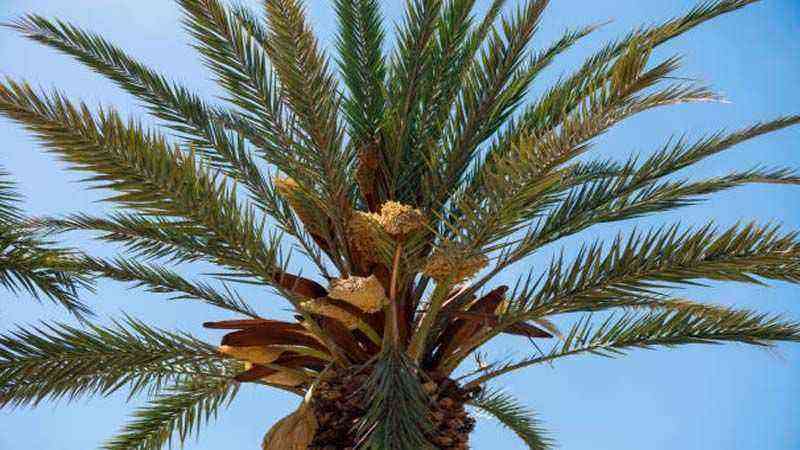
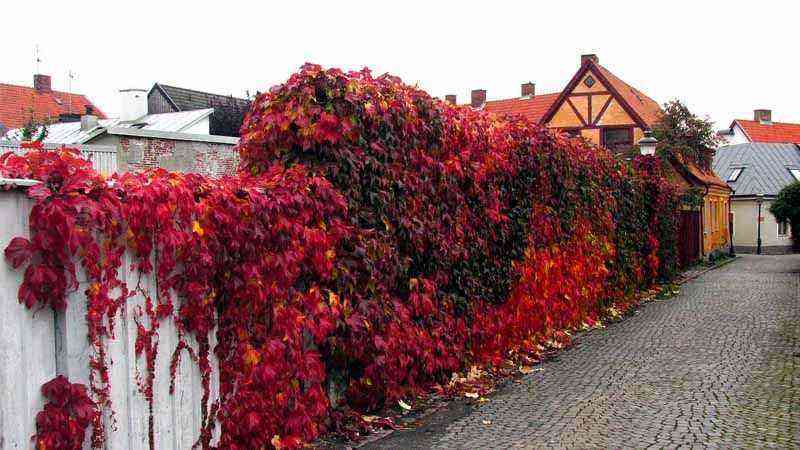
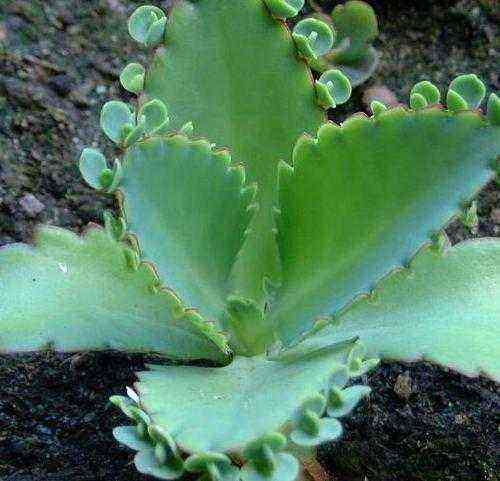
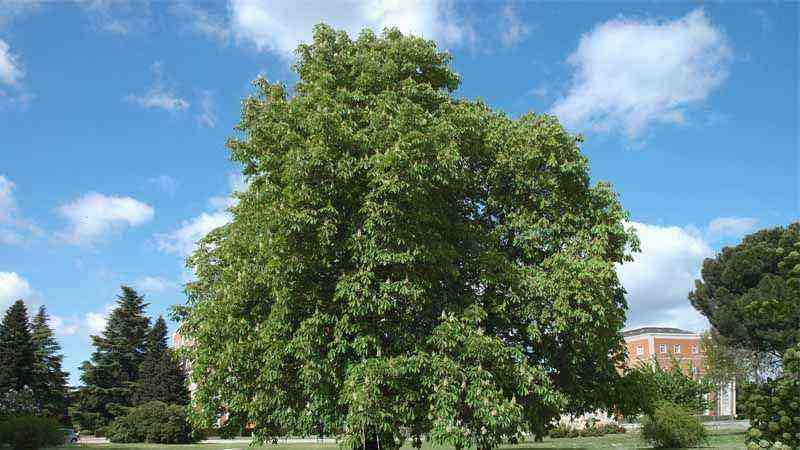
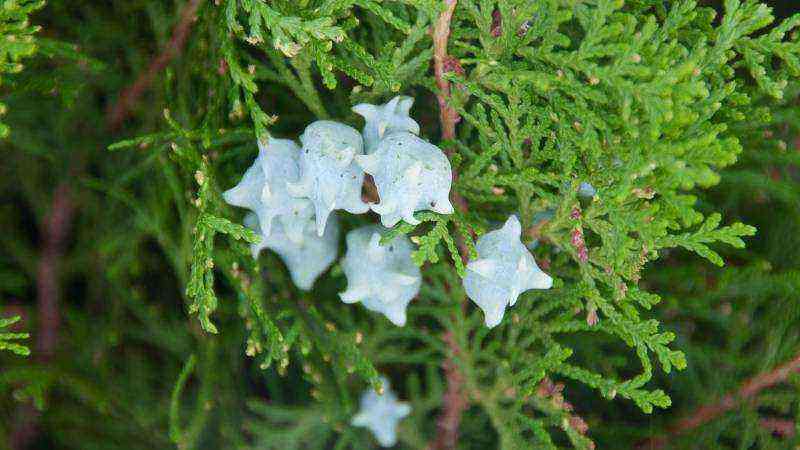
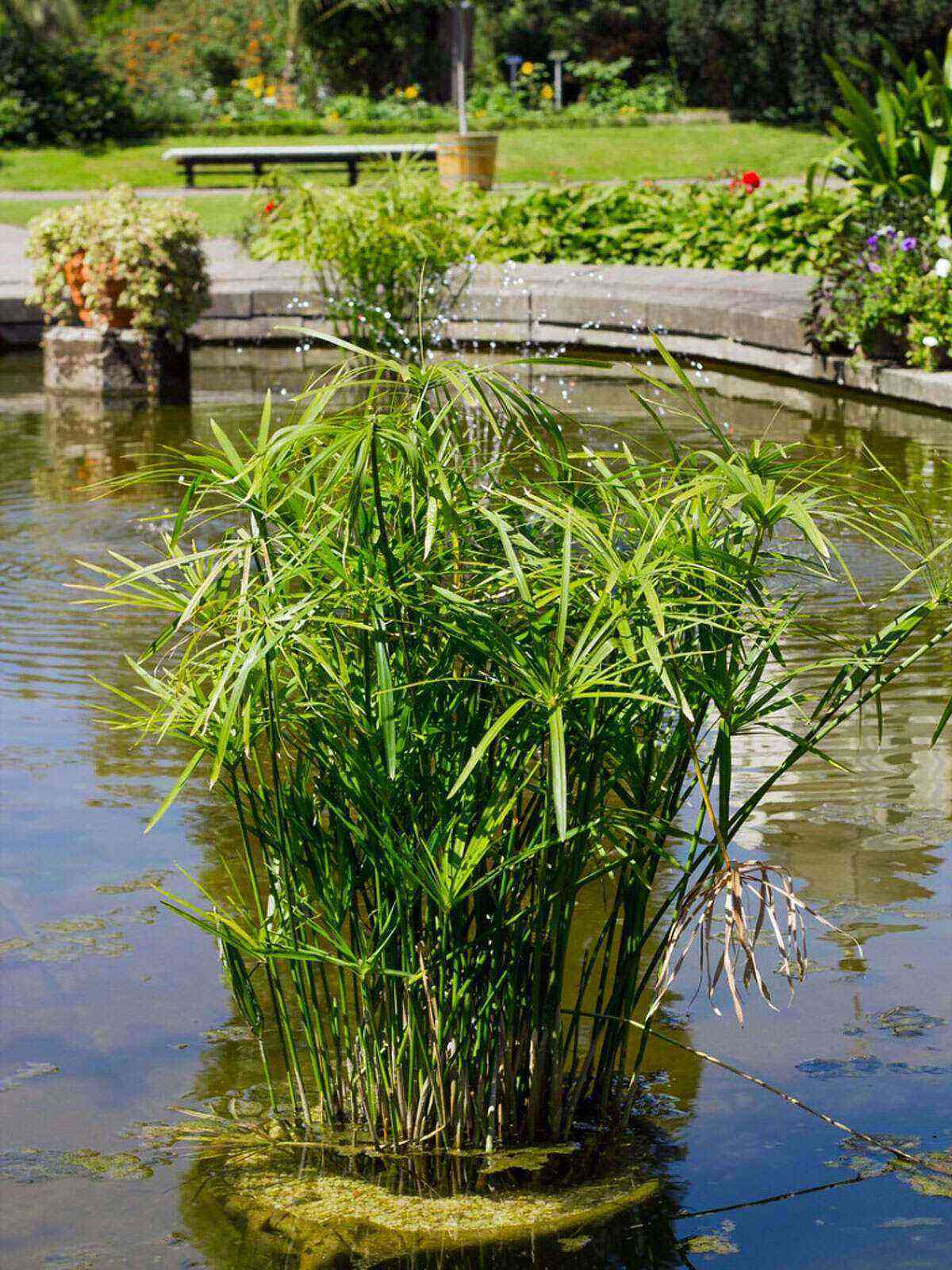

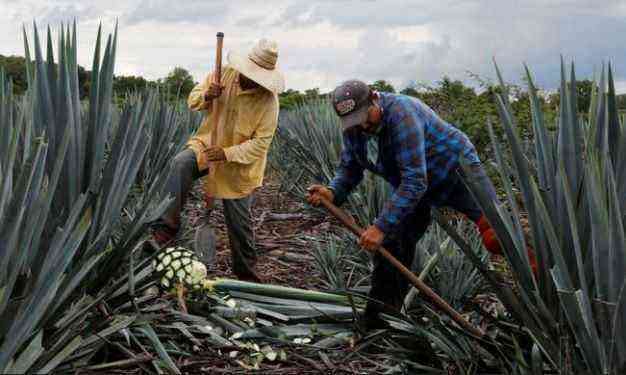
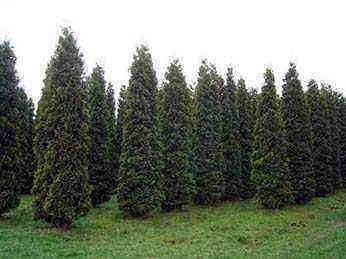

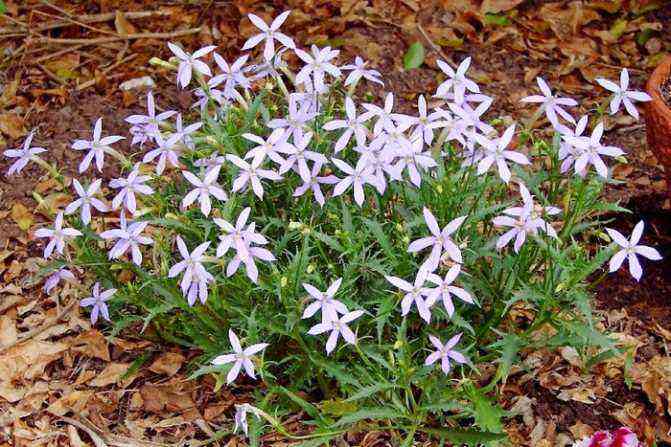

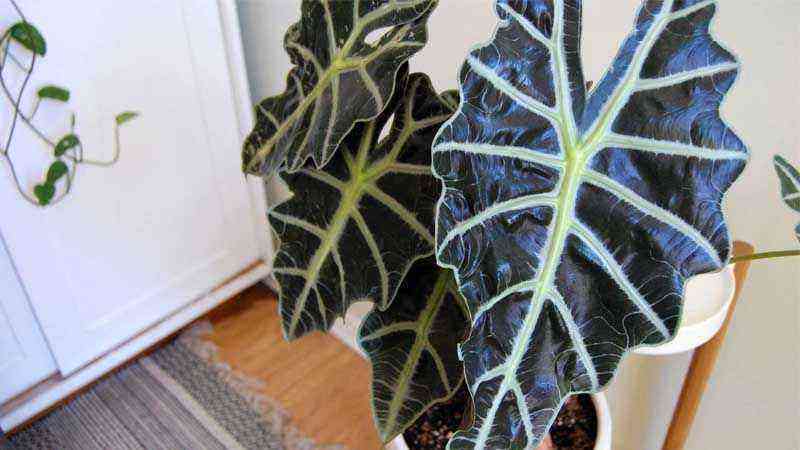
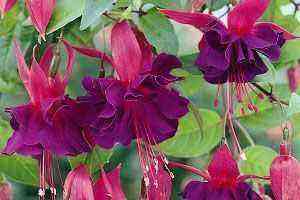

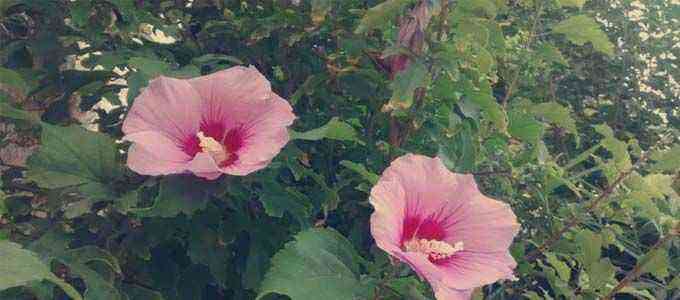

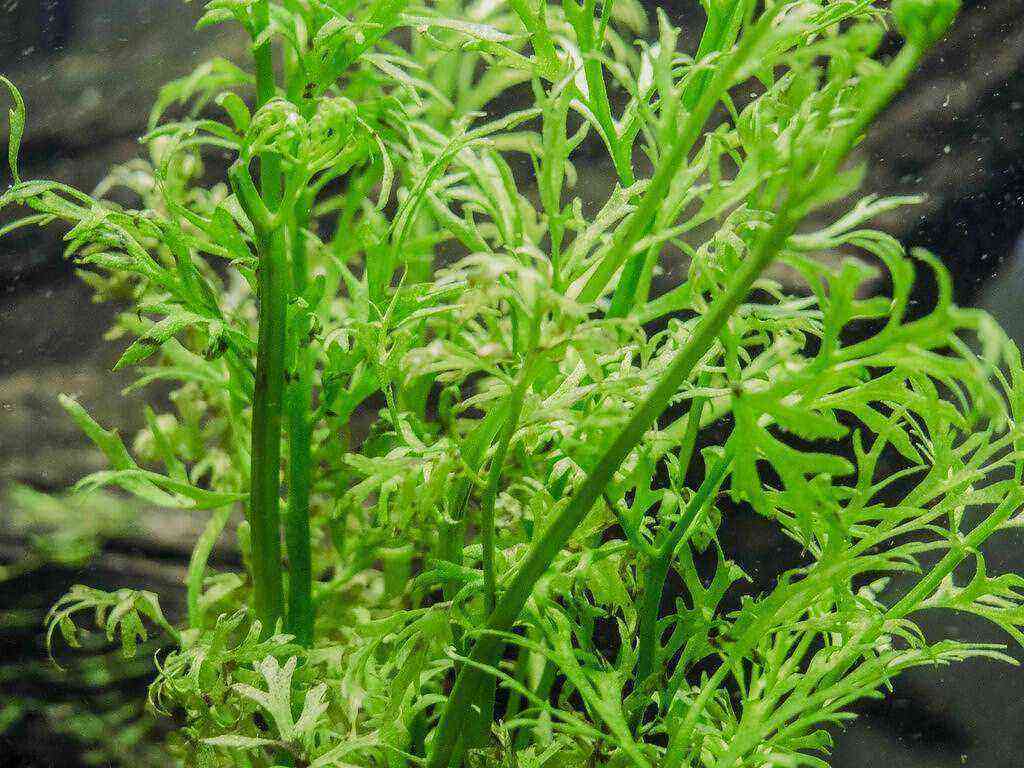

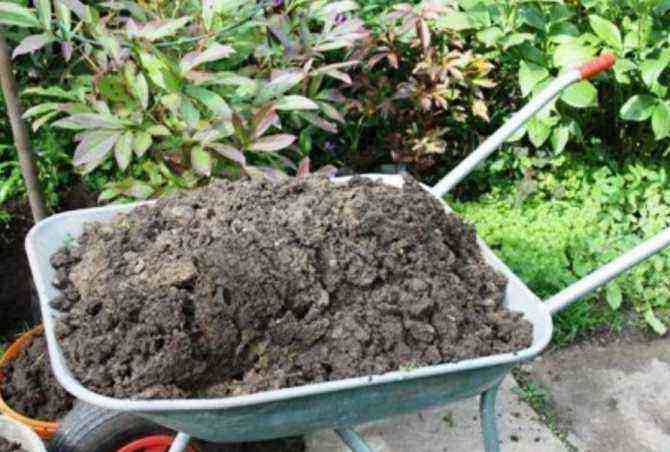
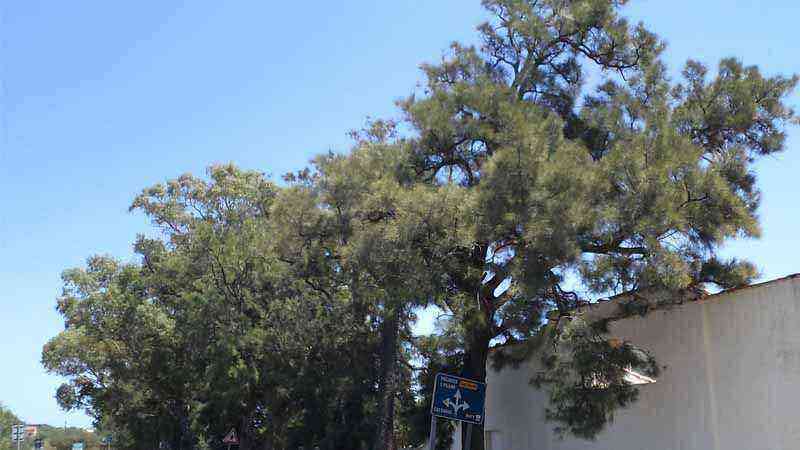
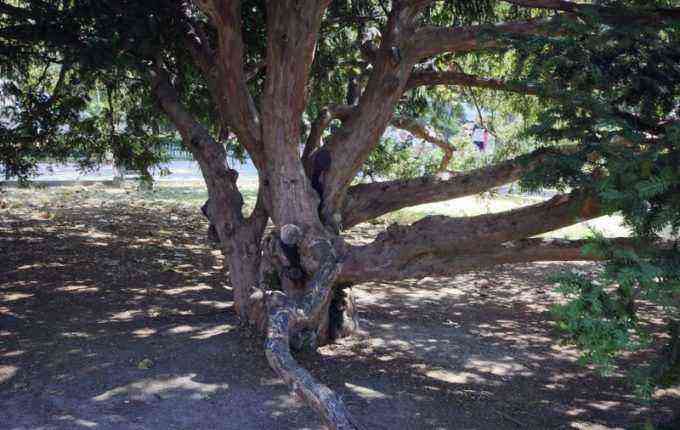
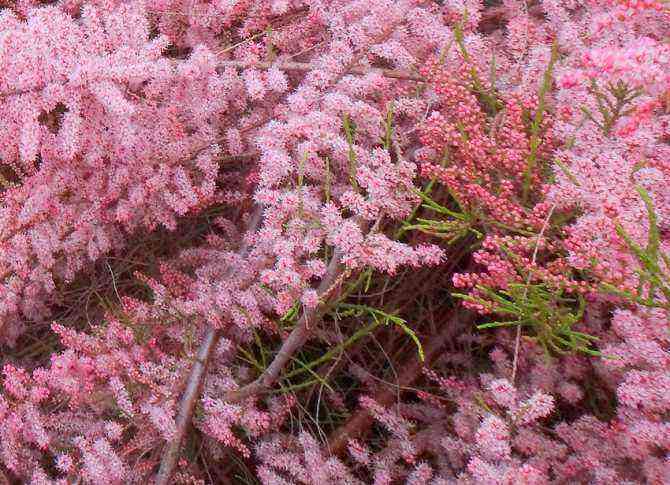
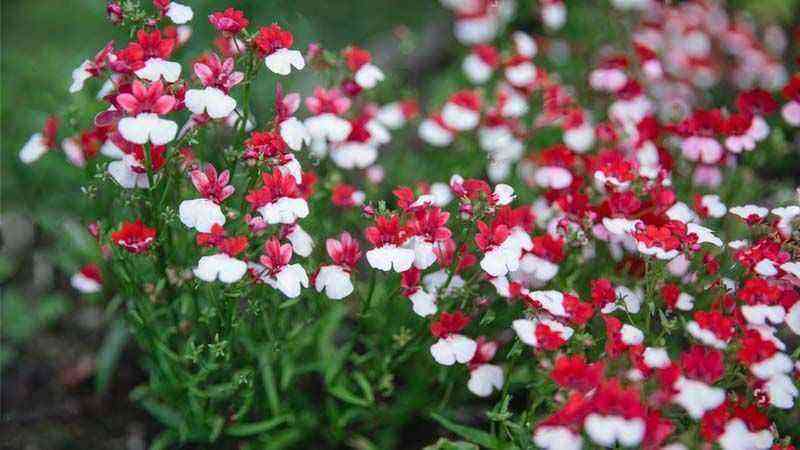
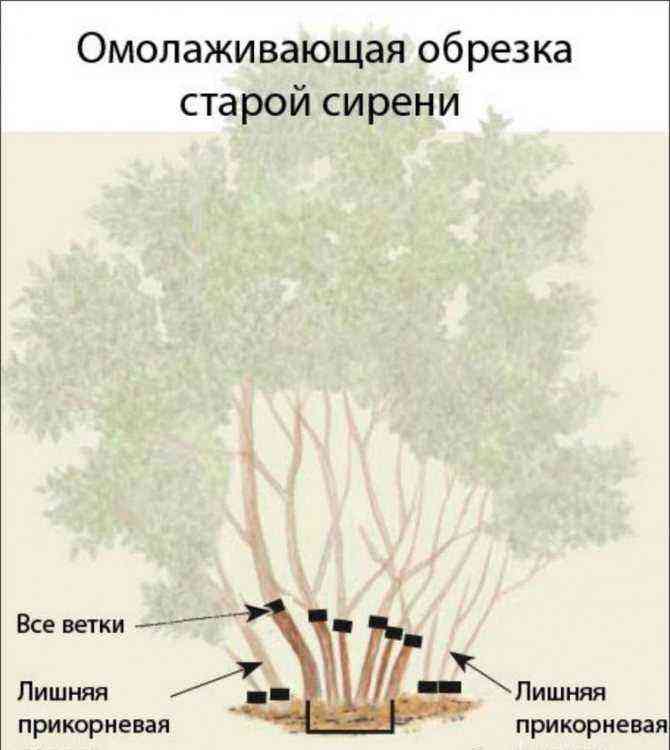


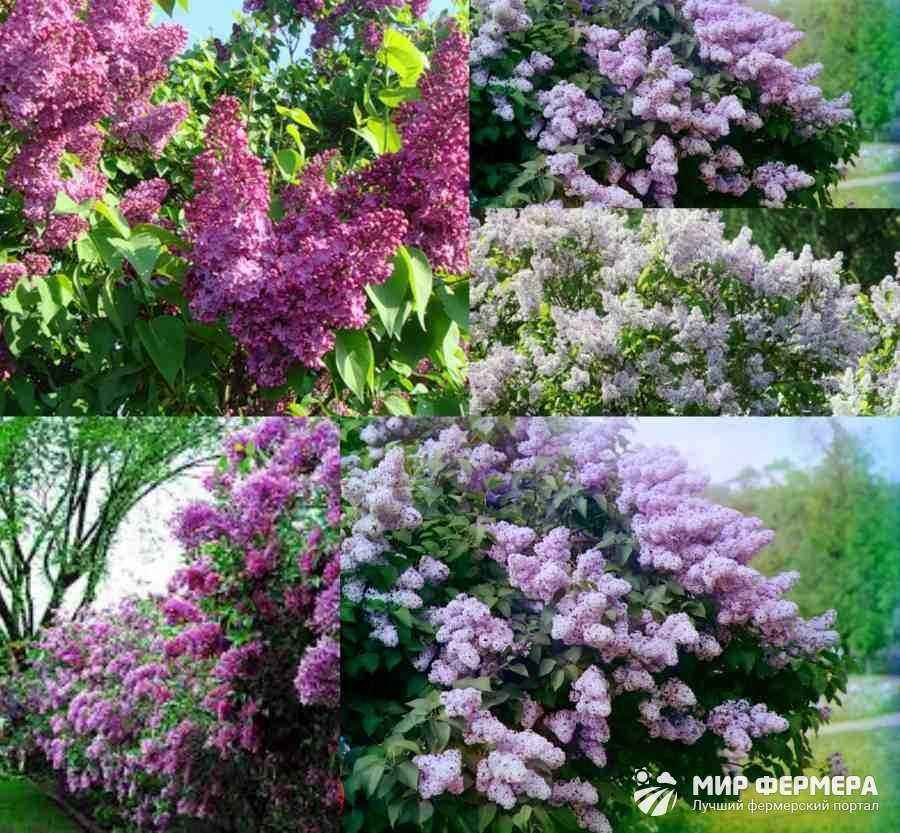
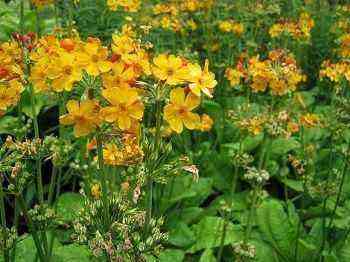

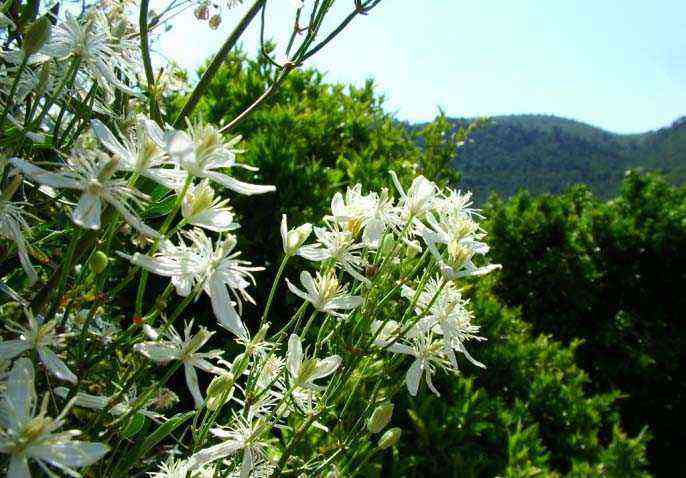
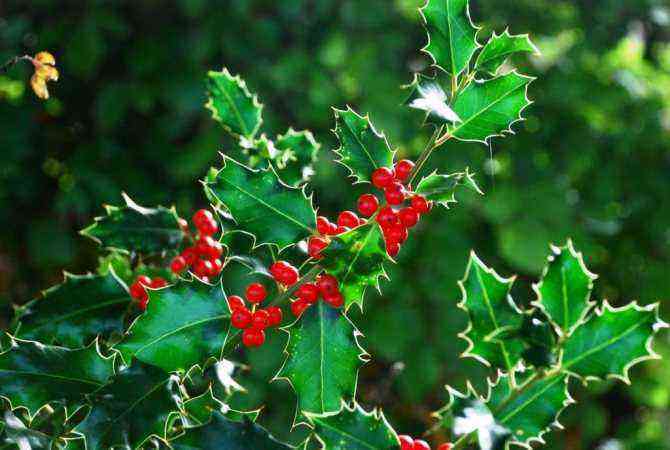
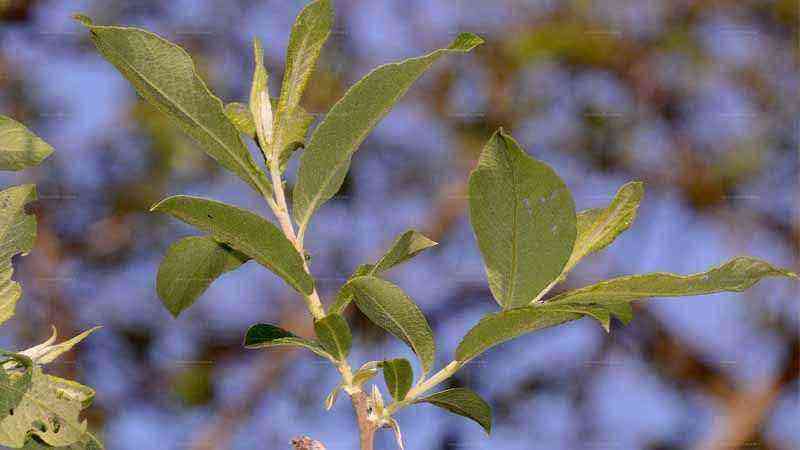

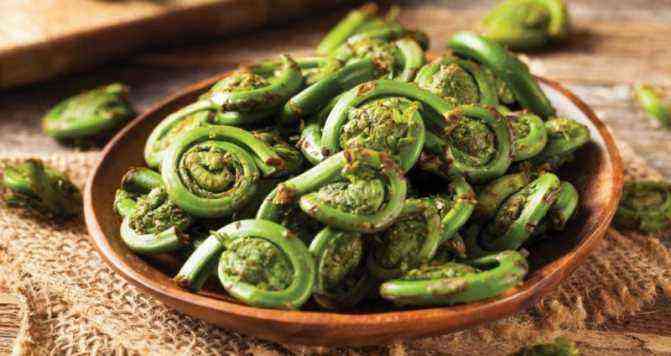
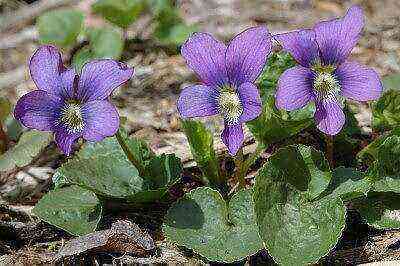

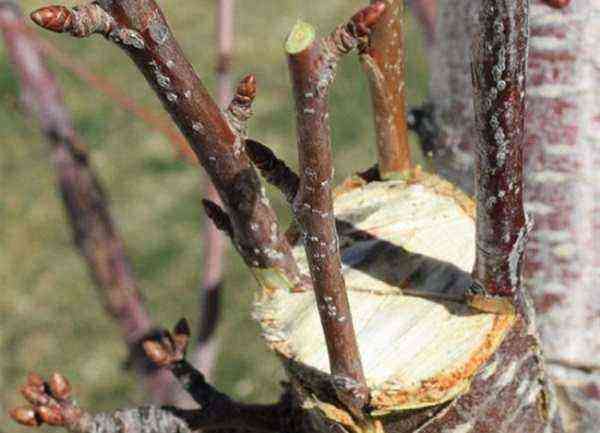
![Cultivo de Magnolia stellata [magnolia estrellada] Cultivo de Magnolia stellata [magnolia estrellada]](https://farmer-online.com/wp-content/uploads/2021/05/Cultivo-de-Magnolia-stellata-magnolia-estrellada.jpg)
